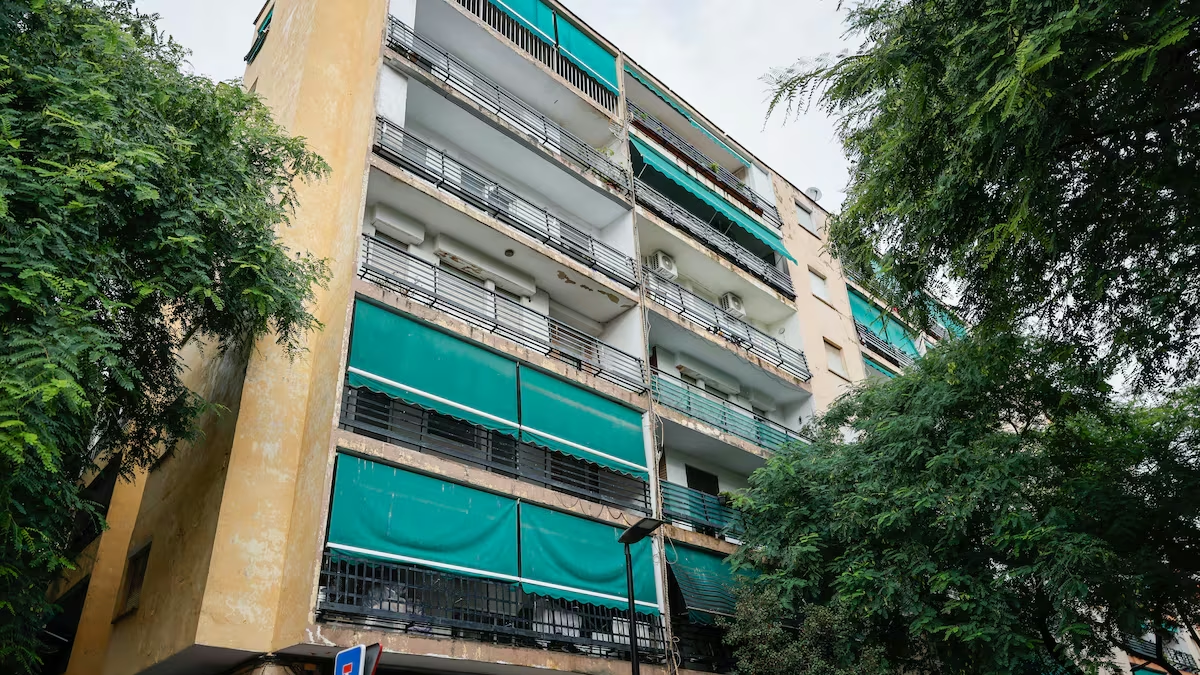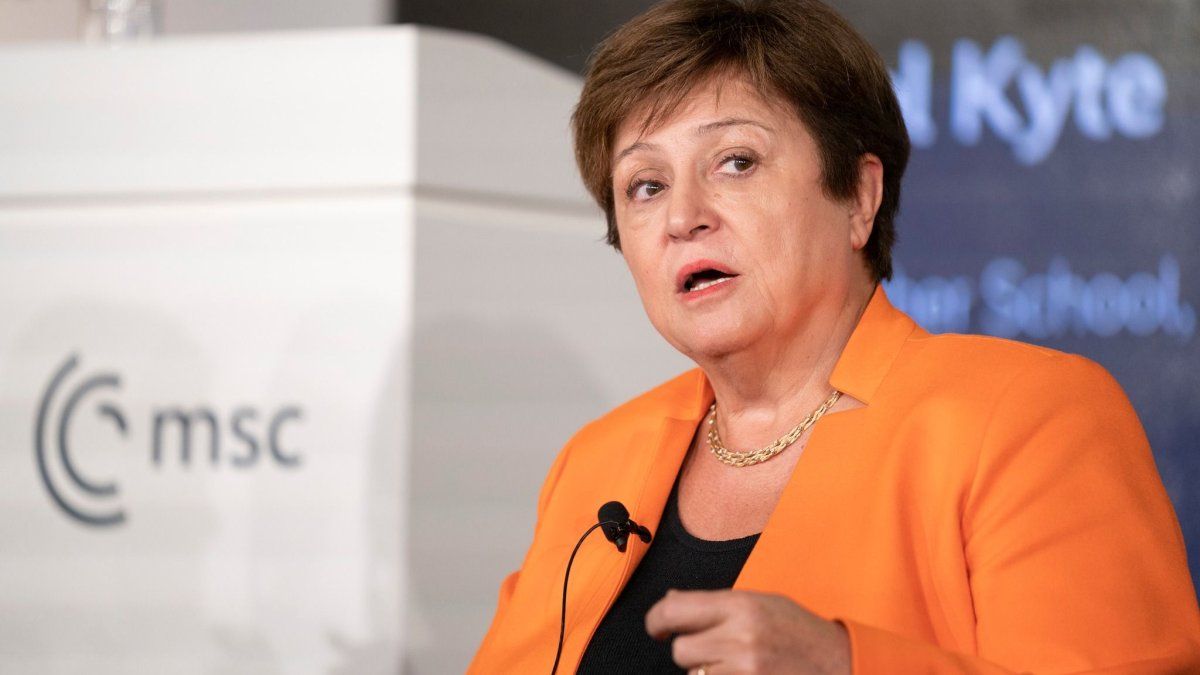For its part, the MEP -also valued with the Global 2030- grows 1.7% to $210.60, after two consecutive falls. Therefore, the spread with the wholesaler directly regulated by the Central Bank (BCRA) climbs to 79.4%.
On Thursday, INDEC reported that April inflation was 6%. Although the general index slowed compared to March, what was worrying was that core inflation (which does not take into account seasonal factors or prices regulated by the Government) accelerated to 6.7%.
In this way, in the last 12 months, prices jumped 58%, a figure not seen since 1992, when the country was coming out of hyperinflation.
This situation puts pressure on the rest of the fundamental macroeconomic variables. On the one hand, the BCRA has already raised reference interest rates again.
Likewise, the rise in prices, added to the strength of the US currency in the world, forces the monetary authority to carefully monitor the evolution of the exchange rate to prevent the delay from deepening too much and generates a greater search for coverage in alternative markets to the official one.
“Persistently high inflation, negative real rates and a misaligned currency are some of the main macroeconomic challenges facing the authorities,” said Alberto Ramos of Goldman Sachs & Co.
official dollar
The wholesale official advanced 18 cents to $117.43. Thus, the exchange rate accumulated a rise of 1% ($1.10) in the week, higher than that of the previous week and the second highest in 2022.
The BCRA was able to end its intervention in the official foreign exchange market with a net purchase of US$5 million, after losing US$100 million of its reserves in the previous two sessions to fundamentally supply demand for energy imports. So far this month, it accumulates a positive balance of about US$540 million.
“After the minor slide recorded in the previous week, the monetary authority accelerated the rate of adjustment in the prices of the dollar, with the intention of mitigating a slight exchange rate delay in an international scenario that showed the dollar recovering against the rest of the currencies. The agro-export complex decreased its income levels in the foreign exchange market, a factor that combined with significant payments for energy imports, prevented the Central Bank from having a better result in the week in terms of purchases of reserves”, explained Gustavo Quintana , from PR Exchange Brokers.
For its part, the retail dollar rises 39 cents to $123.09, for which savings or solidarity, which includes taxes of 30% and 35%, rises 64 cents to $203.10.
The blue dollar falls this Friday, May 13, so it returns to operate below the solidarity dollar, according to a survey by Ámbito in the Black Market of Foreign Exchange.
The informal dollar fell 50 cents to $203, after falling $1.50 in the previous session. In this way, it is once again slightly below the solidarity dollar, which exceeded $203 this Friday.
Thus, the gap with the official wholesale dollar stands at 72.9%.
Source: Ambito
David William is a talented author who has made a name for himself in the world of writing. He is a professional author who writes on a wide range of topics, from general interest to opinion news. David is currently working as a writer at 24 hours worlds where he brings his unique perspective and in-depth research to his articles, making them both informative and engaging.




